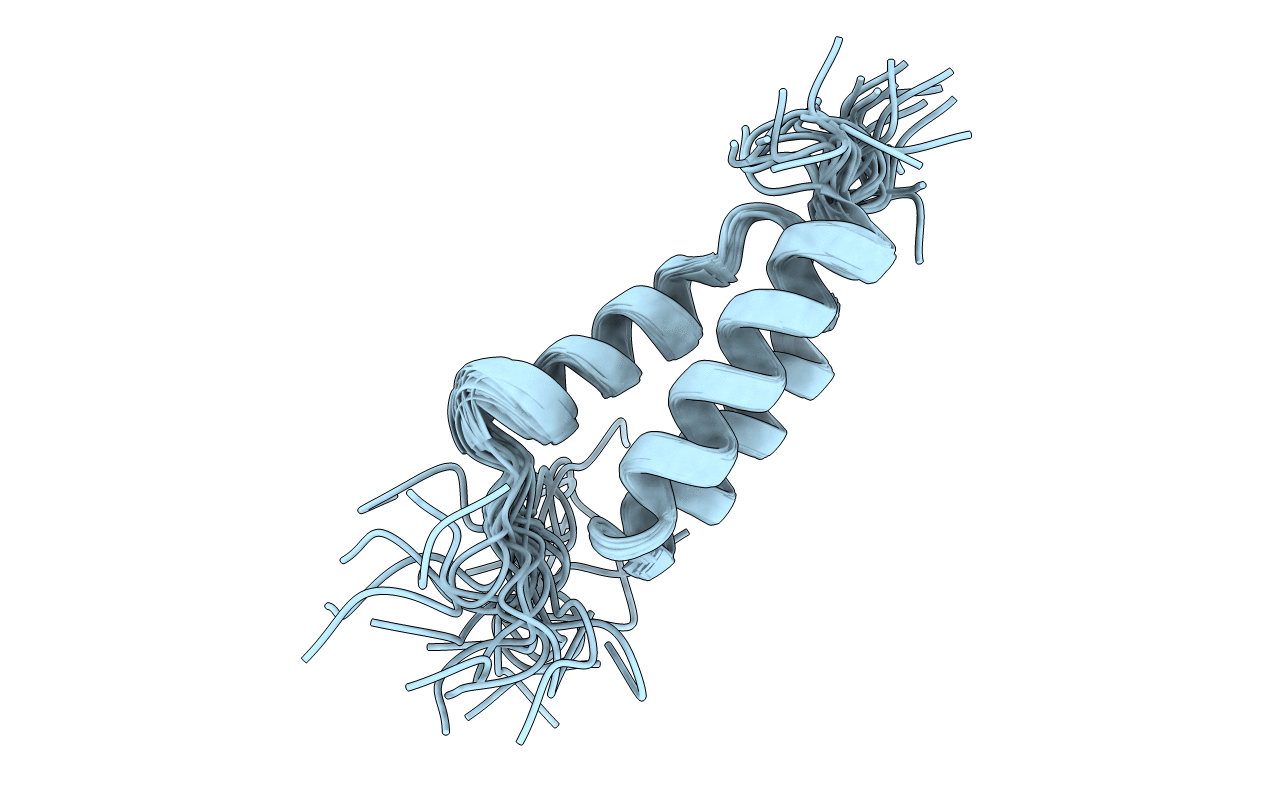
Deposition Date
2004-03-23
Release Date
2004-04-06
Last Version Date
2024-05-22
Entry Detail
PDB ID:
1SS1
Keywords:
Title:
STAPHYLOCOCCAL PROTEIN A, B-DOMAIN, Y15W MUTANT, NMR, 25 STRUCTURES
Biological Source:
Source Organism:
Staphylococcus aureus (Taxon ID: 1280)
Host Organism:
Method Details:
Experimental Method:
Conformers Calculated:
103
Conformers Submitted:
26
Selection Criteria:
back calculated data agree with experimental NOESY spectrum,structures with acceptable covalent geometry,structures with the least restraint violations


